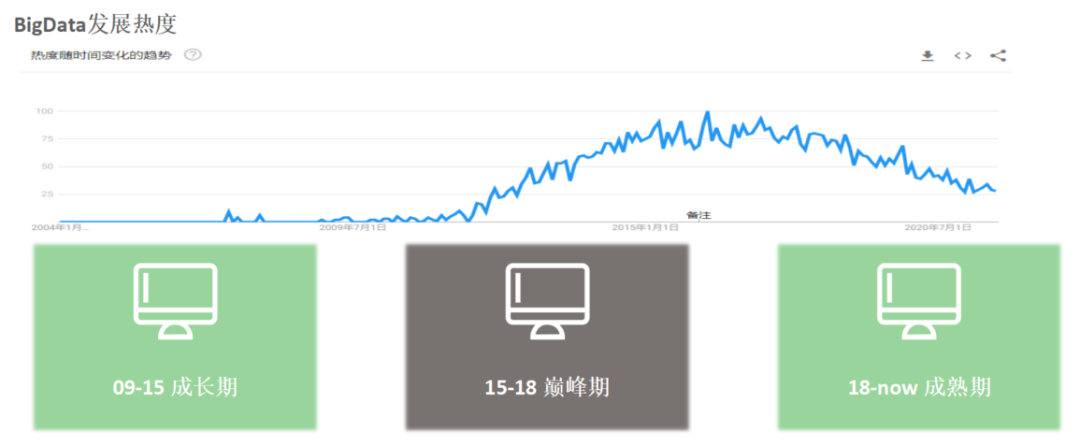前言
如果你尝试使用Apache Log4J中的DailyRollingFileAppender来打印每天的日志,你可能想对那些日志文件指定一个最大的保存数,就像RollingFileAppender支持maxBackupIndex参数一样。不过遗憾的是,目前版本的Log4j (Apache log4j 1.2.17)无法在使用DailyRollingFileAppender的时候指定保存文件的个数,本文将介绍如何修改DailyRollingFileAppender类,使得它支持maxBackupIndex属性,所以能够删除那些以后不会再使用到的日志文件。
涉及到的修改
1、为了不影响自带的DailyRollingFileAppender类,我们首先将DailyRollingFileAppender类重命名为CustomDailyRollingFileAppender,并将它存放到不同的包中,比如com.iteblog.log4j.appender
2、增加一个新的字段protected int maxBackupIndex = 1,我们将maxBackupIndex字段的默认值设置为1,之所以添加这个字段是因为我们的appender通过maxBackupIndex参数的值来决定需要保存耳朵文件数。
3、我们对maxBackupIndex字段创建setter和getter方法:
public int getMaxBackupIndex() {
return maxBackupIndex;
}
public void setMaxBackupIndex(int maxBackups) {
this.maxBackupIndex = maxBackups;
}
4、创建一个新的类ModifiedTimeSortableFile,这个类扩展自java.io.File类并且实现了java.lang.Comparable接口,以便根据文件的修改事件来对文件列表进行排序。之所以需要创建这个类是因为我们后面会调用Collections.sort()函数来对已经保存的日志文件按照最后修改时间进行排序,而sort需要使用到public int compareTo(File anotherPathName)方法。具体实现如下:
class ModifiedTimeSortableFile extends File implements Serializable, Comparable<File>
{
private static final long serialVersionUID = 1373373728209668895L;
public ModifiedTimeSortableFile(String parent, String child) {
super(parent, child);
}
public ModifiedTimeSortableFile(URI uri) {
super(uri);
}
public ModifiedTimeSortableFile(File parent, String child) {
super(parent, child);
}
public ModifiedTimeSortableFile(String string) {
super(string);
}
public int compareTo(File anotherPathName) {
long thisVal = this.lastModified();
long anotherVal = anotherPathName.lastModified();
return (thisVal<anotherVal ? -1 : (thisVal==anotherVal ? 0 : 1));
}
}
5、创建完ModifiedTimeSortableFile类之后,我们可以创建名为private List的方法了,这个方法是根据log4j配置的模式来匹配日志文件列表,并返回list:
private List<ModifiedTimeSortableFile> getAllFiles(){
List<ModifiedTimeSortableFile> files = new ArrayList<ModifiedTimeSortableFile>();
FilenameFilter filter = new FilenameFilter() {
public boolean accept(File dir, String name) {
String directoryName = dir.getPath();
LogLog.debug("directory name: " + directoryName);
File file = new File(fileName);
String perentDirectory = file.getParent();
if(perentDirectory !=null)
{
String localFile = fileName.substring(directoryName.length());
return name.startsWith(localFile);
}
return name.startsWith(fileName);
}
};
File file = new File(fileName);
String perentDirectory = file.getParent();
if(file.exists())
{
if(file.getParent() == null){
String absolutePath = file.getAbsolutePath();
perentDirectory = absolutePath.substring(0,
absolutePath.lastIndexOf(fileName));
}
}
File dir = new File(perentDirectory);
String[] names = dir.list(filter);
for (int i = 0 ; i < names.length ; i++) {
files.add(new ModifiedTimeSortableFile
(dir + System.getProperty("file.separator") + names[i]));
}
return files;
}
6、void rollOver() throws IOException方法的职责是将当前的文件切割成一个新的文件。我们可以在rollOver方法最开始加入一些其他的逻辑。我们的逻辑只是简单地获取已经保存的日志文件列表,并按照这些日志文件的最后修改事件进行排序,然后根据maxBackupIndex属性决定哪些最久的日志文件是需要删除的:
List<ModifiedTimeSortableFile> files = getAllFiles();
Collections.sort(files)
if(files.size() >= maxBackupIndex)
{
int index = 0;
int diff = files.size() - (maxBackupIndex - 1);
for(ModifiedTimeSortableFile file : files)
{
if(index >= diff)
break;
file.delete();
index++;
}
}
如何使用
现在我们已经创建好CustomDailyRollingFileAppender类了,现在是时候来测试我们的Appender了。仅仅需要下面简单的两步即可。
1、创建一个log4J配置文件,并设置好datePattern, maxBackupSize等相关参数,如下:
<?xml version="1.0" encoding="UTF-8"?>
<!DOCTYPE log4j:configuration SYSTEM "log4j.dtd" >
<log4j:configuration>
<appender name="FILE" class="com.iteblog.log4j.appender.CustomDailyRollingFileAppender">
<param name="file" value="test-agent.log" />
<param name="datePattern" value="'_'dd-yyyy-MM'.log'" />
<param name="maxBackupIndex" value="4" />
<param name="append" value="true" />
<layout class="org.apache.log4j.PatternLayout">
<param name="ConversionPattern" value="%d [%t] %p - %m%n" />
</layout>
</appender>
<root>
<priority value="info" />
<appender-ref ref="FILE" />
</root>
</log4j:configuration>
可以看到我们已经使用了前面定义的com.iteblog.log4j.appender.CustomDailyRollingFileAppender类,并且将maxBackupIndex设置成4,也就是说我们最多只保存4个日志文件,
2、创建一个测试类,并将之前创建的CustomDailyRollingFileAppender类加入到这个测试类的环境变量中:
public class Main {
private static org.apache.log4j.Logger log = Logger.getLogger(Main.class);
public static void main(String[] args) {
String configFile;
final File file = new File("log4j.xml");
if (file.exists()) {
final URL url = Main.class.getClassLoader().getResource("log4j.xml");
configFile = url.getPath();
PropertyConfigurator.configure("log4j.xml");
}
log.trace("Trace");
log.debug("Debug");
log.info("Info");
log.warn("Warn");
log.error("Error");
log.fatal("Fatal");
}
然后我们就可以测试我们的系统是不是就只保存最近4个日志文件了。
本博客文章除特别声明,全部都是原创!原创文章版权归过往记忆大数据(过往记忆)所有,未经许可不得转载。
本文链接: 【实现带有maxBackupIndex属性的DailyRollingFileAppender】(https://www.iteblog.com/archives/1634.html)









